ADVERTISEMENTS
-2.jpg)
-1.jpg)
At the 2009 Frankfurt Motor Show, Porsche is proudly presenting the Porsche 911 Sport Classic. In creating this unique model Porsche is bringing back the tradition of exclusive series built in very small numbers, for the Porsche 911 Sport Classic will be offered in a production run limited to just 250 cars worldwide.
The bespoke character of the Porsche 911 Sport Classic has been developed over a period of three years by Porsche Exclusive, the company's Specialist Department which creates the most outstanding personalised versions of Porsche cars.
Fans of the Porsche 911 will recognize immediately the charismatic styling cues incorporated in this exciting addition to the range, principally the 'ducktail' rear spoiler reminiscent of that made famous by the 1973 Carrera RS 2.7 and iconic 'Fuchs-style' design of the special custom-made alloy wheels. The Sport Classic is further distinguished by its more powerful engine, unique exterior with new front and rear styling, a new centre section in the roof, new side sills, and new design of front and rear lights which illustrate the high technical standard of this very special project.
Every car in this limited series comes in the exclusive new paintwork colour of Sport Classic Grey, with discreet dark trim strips accentuating the unique character of the car. The very sophisticated and elegant interior in Espresso Nature sets new standards, going beyond even the well-known customisation of the Porsche 911 interior already offered by Porsche Exclusive.
The most essential specifications of the Porsche 911 Sport Classic highlight the supreme class and quality of the car right from the start: a 3.8-litre six-cylinder horizontally-opposed power unit developing 408 hp (300 kW); six-speed manual gearbox; rear-wheel drive; acceleration from 0-62mph (100 km/h) in 4.6 seconds; top speed 187 mph (302 km/h); fuel consumption in the New European Driving Cycle of 26.6 mpg (10.6 l/100 km).
The looks of this very special 911 are convincing right from the start, the SportDesign front panel with its purpose-built spoiler lip providing an aerodynamic balance with the rear spoiler and strongly emphasising the unique face of the Porsche 911 Sport Classic. The bi-xenon headlights with dynamic cornering lights come as standard with black surrounds, taking up a special feature with a long tradition at Porsche already to be admired on famous racing cars in the history of the company, such as the Porsche 911 Turbo RSR from 1974.
Distinctive designOn the Porsche 911 Sport Classic these headlights supplement other features finished in black such as the air intake grilles, the mirror triangles and the lower sections on the mirror base. The double-dome roof stands out clearly at very first sight from the front, and again bears reference to a long tradition already to be admired on the Porsche 911 Panamericana show car and in the roofline of the Carrera GT.
Through their unique shape, the side-sills emphasise the substantial width of the car at the rear. While the limited edition Porsche 911 Sport Classic is based on the 911 Carrera S, it features the rear bodywork of the all-wheel drive models, and is thus 44 mm (1.73") wider. This translates into the rear track also being wider by 34 mm (1.34") for even more dynamic performance with substantial lateral grip.
An important feature not visible from the outside but highly relevant in practice is the use of aluminium in the doors which, together with other technologies, helps to off-set the extra weight of the wide range of standard equipment.
Making clear reference to role models from the past, the 'ducktail' rear spoiler fixed in position forms part of the Aerodynamic Package of the Porsche 911 Sport Classic, and makes a significant contribution to the sporting driving characteristics of the car. A likewise unique rear panel, inspired by the particularly sporting design of the GT cars, rounds off the special look of the Porsche 911 Sport Classic together with the rear light clusters in clear glass.
The rear lid proudly bears a chrome-plated "911 Sport Classic" model designation and an "Exclusive" motif on the front right wing confirms the outstanding exclusivity of this small and very special model series. A bespoke car cover delivered in a matching bag comes as standard with each car, offering an indispensable detail for the collector.
Increased horsepower from 3.8-litre engineThe engine of the Porsche 911 Sport Classic features a newly-developed resonance intake system with six switching butterflies. The 3.8-litre flat-six power unit with Direct Fuel Injection is based on the engine already featured in the Porsche 911 Carrera S. However, working carefully on various details in the intake manifold has allowed Porsche engineers to increase engine output and torque, particularly in the medium speed range. Combined with modified cylinder heads, a new intake system and new engine management, the upgrades serve to raise engine output by 23 hp to 408 horsepower.
A particular highlight is the new, variable resonance intake system featuring six vacuum-controlled flaps switching between a more power- and a more torque-oriented geometry. Opening or closing simultaneously as a function of engine speed and the position of the throttle pedal, these flaps optimise the oscillation of air in the intake manifold for a better cylinder charge. The result is an optimum supply of fresh air into the combustion chambers under all conditions, maintaining maximum torque and optimising the torque curve - together with an increase in engine output.
The exhaust system specially developed for this unique model provides exactly the right exhaust gas counter-pressure, the high-gloss tailpipes with their classic grid inserts likewise purpose-built for the Porsche 911 Sport Classic. Beneath the rear lid, on top of the engine, lays a carbon fibre air filter housing to add a particularly powerful look.
As is typical of Porsche, the increase in engine power is achieved with maximum efficiency, and the Porsche 911 Sport Classic maintains the full fuel economy and CO2 emission ratings of the Porsche 911 Carrera S.
Sports-oriented chassisClearly reflecting its name, this limited edition model is consistently sporting in every respect, with appropriate equipment and exactly the right dynamic set-up. The Sport Chrono Package Plus, for example, comes as standard and the Porsche 911 Sport Classic is available only with a manual gearbox. Furthermore, the gearshift travel has been reduced, and offers a perfect match for the car.
In addition to its Porsche Active Suspension Management (PASM) sports suspension and ride height lowered by 20 mm (0.79"), the Porsche 911 Sport Classic also comes with a rear limited slip differential for very dynamic performance on the road.
Yet another standard feature in the Porsche 911 Sport Classic is Porsche Ceramic Composite Brakes (PCCB). Cross-drilled and inner-vented, these composite ceramic brake discs measuring 350 mm (13.8") in diameter weigh approximately 50 per cent less than comparable brake discs made of grey-cast iron, providing a reduction of unsprung masses beneficial above all to the car's driving dynamics. In conjunction with the likewise purpose-built brake linings, the ceramic brake discs immediately build up a very high and in particular consistent frictional coefficient whenever required. In comparison with conventional brake discs, surface abrasion is limited to a minimum thanks to the extremely hard surface of the ceramic discs. The service life of the PCCB brake system, as a result, is very long indeed.
Iconic wheel designOne of the most striking features on the Porsche 911 Sport Classic is the new 19-inch Sport Classic wheels with their rim centre finished in high-gloss black paint. Bearing a clear resemblance to what must be the most classic Porsche wheel of all times - the world-famous Fuchs rims designed by Porsche in the Sixties and subsequently produced by Fuchs - the new wheels are nevertheless simply perfect for today's world, adding to the striking look of this small, exclusive series.
The 19-inch Sport Classic wheels come with the largest wheel dimensions on all 911 models (with the exception of the GT cars) and run on 305/30 ZR 19 tyres at the rear. A wheel set for retrofitting these special wheels on selected, regular versions of the 911 is in preparation and the tyre pressure control system, again featured as standard, rounds off the suspension of the Porsche 911 Sport Classic.
Exclusive materials and features within the interiorThe specially-designed, top-quality interior of the Porsche 911 Sport Classic sets new standards in its quality of finish, flair and appearance. Two new materials never before used by Porsche accentuate this particular touch of class and quality - woven leather and a special carpet material in new design. The former is a special material woven out of smooth strips of leather and yarn strengthened by a lining at the bottom. It is used on the centre-pieces of the newly-designed adaptive sports seats with light-grey piping and in the door linings.
The dashboard, together with all inserts and additional components, is finished in natural leather in a special Espresso Nature colour. This refinement then continues to the very last detail, with even the air vent louvres finished elaborately by hand in ultra-thin leather reflecting that particular style characteristic of Porsche Exclusive. The instrument cluster specially designed for the new model is integrated perfectly into the dashboard, together with its surrounds in aluminium-look. The instrument dials themselves come in black and boast the design of the exterior trim strips together with a '911 Sport Classic' model designation.
The lower section of the instrument panel is likewise finished in leather and comes with a special motif near the glove compartment cover bearing the number of each individual model within the series limited to just 250 cars. The same number is then repeated on the chrome-plated, illuminated door sill trim covers. Great attention to detail is also borne out by the leather around the ignition key barrel, the matching folder for the car keys and the natural leather folder for the owner's manual.
The three-spoke steering wheel with its hand-sewn criss-cross seams in contrasting colour is yet another highly individual feature on the Porsche 911 Sport Classic, as are the gearshift and handbrake levers made of aluminium with the gearshift pattern shown in a special colour matching the interior and the name 'Porsche' presented in ceramic.
Additional colour highlights are provided by the silver-grey seat belts which, like the roof lining finished in light-grey alcantara, are matched perfectly to the exterior colour of the car. The wide range of interior features all provided as standard is underlined in terms of acoustics by the BOSE® Surround Sound System, developed especially for Porsche and perfectly tailored to the acoustic conditions within the 911. A total of 13 loudspeakers including an active subwoofer and centre speaker - as well as a seven-channel digital amplifier - ensure a truly impressive experience in sound. When playing music from audio or video DVDs, this 385 W system offers the full sound spectrum of digital 5.1 recordings.
The Porsche 911 Sport Classic will go on sale in the UK and Ireland from January 2010, priced from £140,049. Fitted to every 911 Sport Classic is a Porsche Vehicle Tracking System (VTS), a sophisticated vehicle security package approved to Thatcham Category 5 standard, and customers will also be able to explore the potential of their new car by participating in a complimentary course at the new Porsche Driving Experience Centre, Silverstone.
Porsche 911 Sport Classic SpecificationsBody: Two-plus-two coupé; monocoque, fully hot-galvanised lightweight steel body with aluminium doors; driver and front passenger airbags operating in two stages; side and head airbags for driver and front passenger.
Aerodynamics: Cd = 0.32
Power Unit: Water-cooled horizontally-opposed six-cylinder; engine block and cylinder heads made of aluminium; four overhead camshafts, four valves per cylinder, variable valve timing on intake side and valve lift switchover (VarioCam Plus); hydraulic valve play compensation; Direct Fuel Injection; two three-way catalytic converters on each row of cylinders, each with two oxygen sensors; 10.0 ltr (2.2 imp gals) engine oil; electronic ignition with solidstate distributor (six ignition coils).
Bore: 102 mm (4.02")
Stroke: 77.5 mm (3.05")
Capacity: 3800 cc
Compression ratio: 12.5:1
Engine output: 408 bhp (300 kW) at 7300 rpm
Max torque: 420 Nm/310 lb-ft at 4200-5600 rpm
Output per litre: 107.4 bhp (78.9 kW)
Max engine speed: 7500 rpm
Transmission: Engine and gearbox bolted to form one drive unit; six-speed manual gearbox.
Chassis and Suspension
Front: Spring strut axle in McPherson design optimised by Porsche with independent wheel suspension on track control arms, longitudinal arms and spring struts; conical stump springs with inner-mounted vibration dampers.
Rear: Multi-arm axle with independent suspension on five arms; cylindrical coil springs with co-axial inner-mounted vibration dampers.
PASM Porsche Active Suspension Management with electronically controlled vibration dampers and two manually selectable control maps; mechanical rear axle differential.
Brakes: PCCB brakes with brake discs made of carbon-fibre-reinforced ceramics; twin-circuit brake system split front-to-rear.
Front: Six-piston aluminium monobloc brake callipers; crossdrilled and inner-vented brake discs measuring 350 mm/13.78" in diameter and 34 mm/1.34" across.
Rear: Four-piston aluminium monobloc brake callipers; crossdrilled and inner-vented brake discs measuring 350 mm/13.78" in diameter and 28 mm/1.10" across. PSM Porsche Stability Management; vacuum brake servo; Brake Assistant.
Wheels and TyresFront 8.5 J x 19 on 235/35 ZR 19
Rear 11 J x 19 on 305/30 ZR 19
WeightUnladen: 1425 kg (DIN)
Max permissible: 1830 kg
DimensionsLength: 4440 mm (174.8")
Width: 1852 mm (72.9")
Height: 1290 mm (50.8")
Wheelbase: 2350 mm (92.5")
Track: front: 1492 mm (58.7") / rear: 1550 mm (61.0")
Luggage capacity
front 135 ltr (4.7 cu ft)
rear 205 ltr (7.2 cu ft)
Tank capacity: 64 ltr (14.1 imp gals)
PerformanceTop speed: 302 km/h (187 mph)
Acceleration0-100 km/h: 4.6 sec
0-200 km/h: 14.8 sec
Fuel ConsumptionUrban: 15.9 l/100 km
Extra-urban: 7.6 l/100 km
Combined: 10.6 l/100 km
CO2 Emissions: 250 g/km (EU5)
Post Title → Porsche 911 Sport Classic (2010)
ADVERTISEMENTS


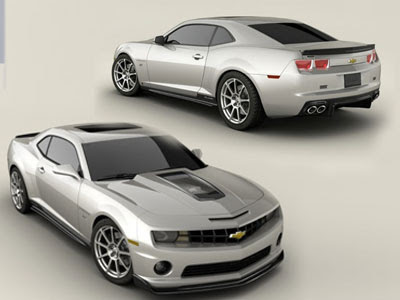

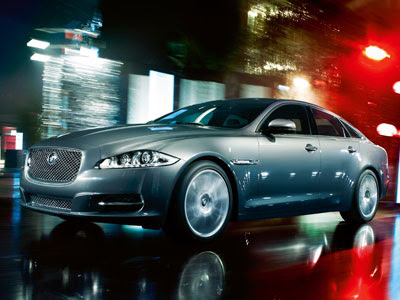
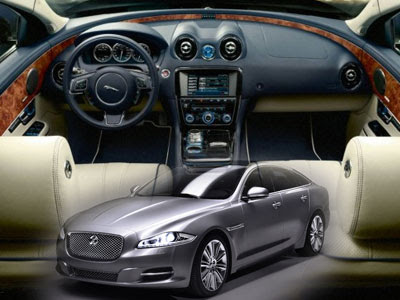
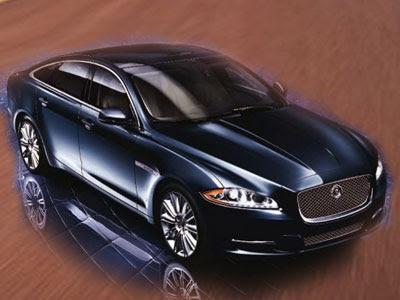
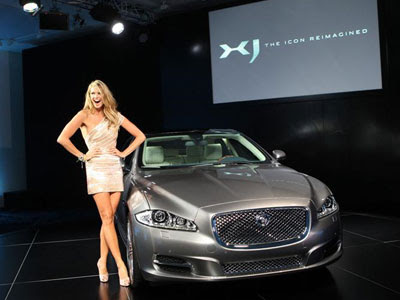
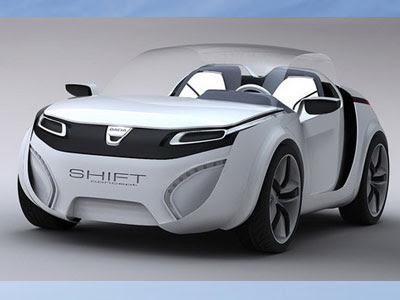


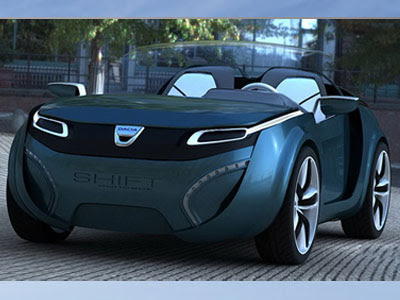
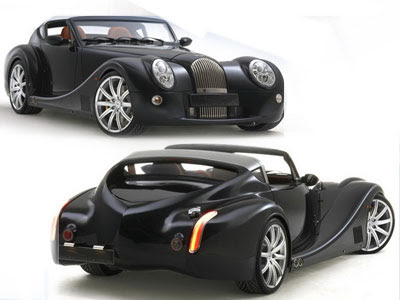
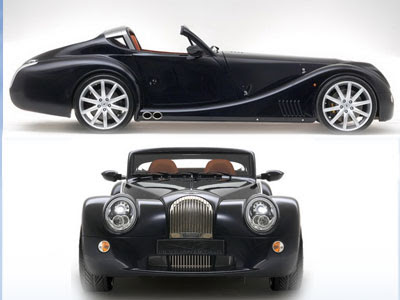
-5.jpg)
-4.jpg)
-3.jpg)
-2.jpg)
-1.jpg)
-1.jpg)
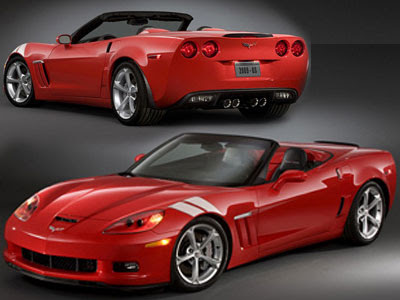


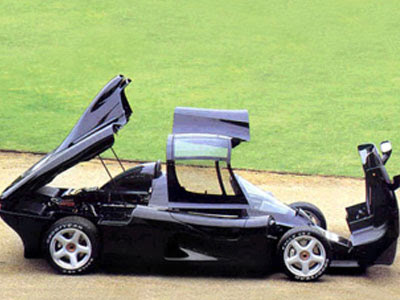
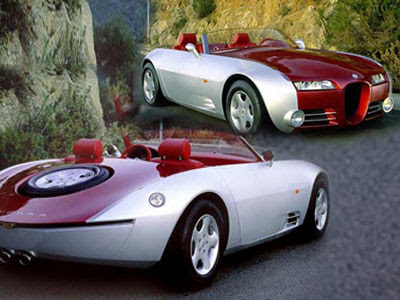
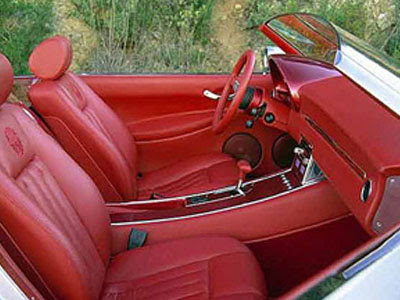
-5.jpg)
-4.jpg)
-3.jpg)
-2.jpg)
-1.jpg)
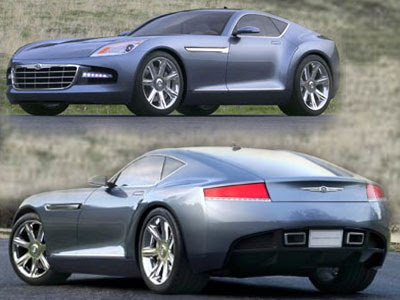

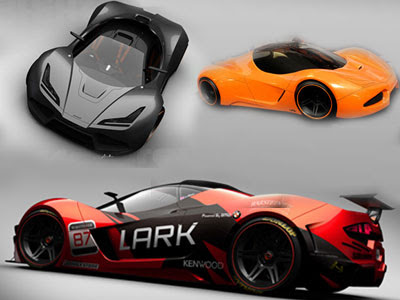

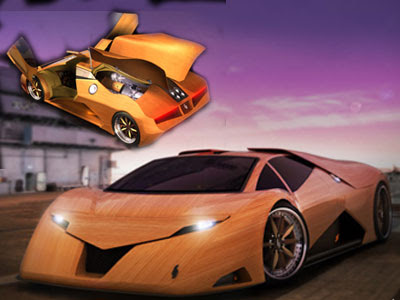

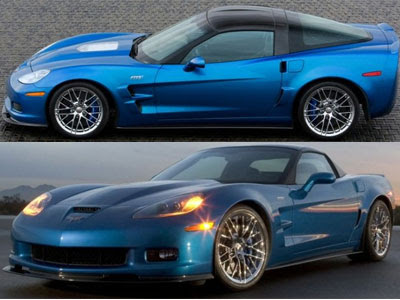

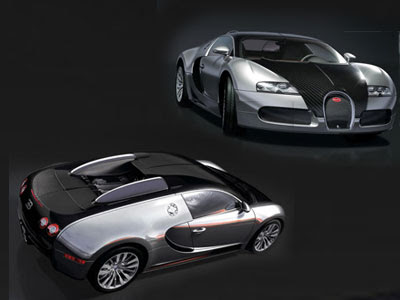

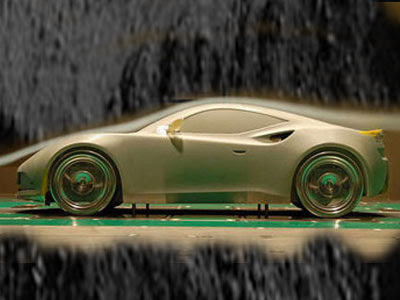
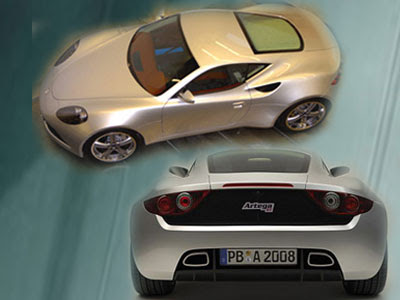

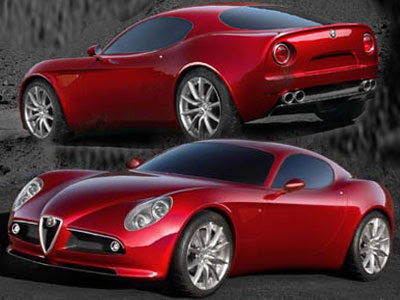
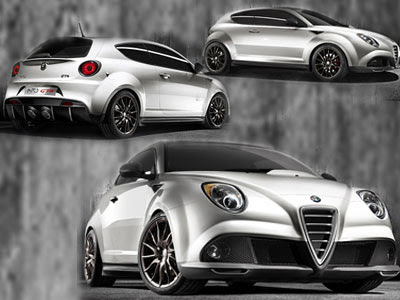
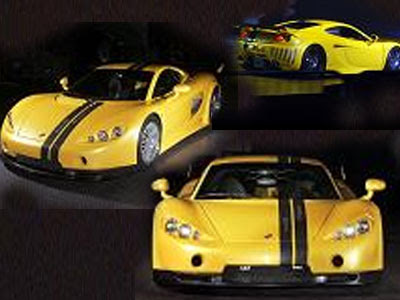
-2.jpg)
-1.jpg)